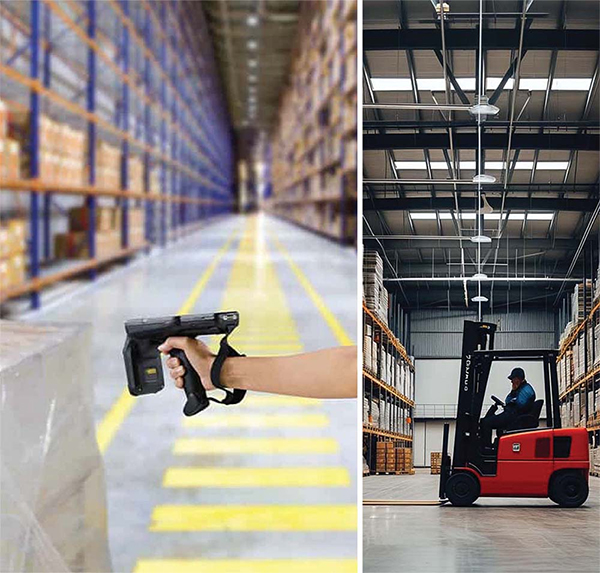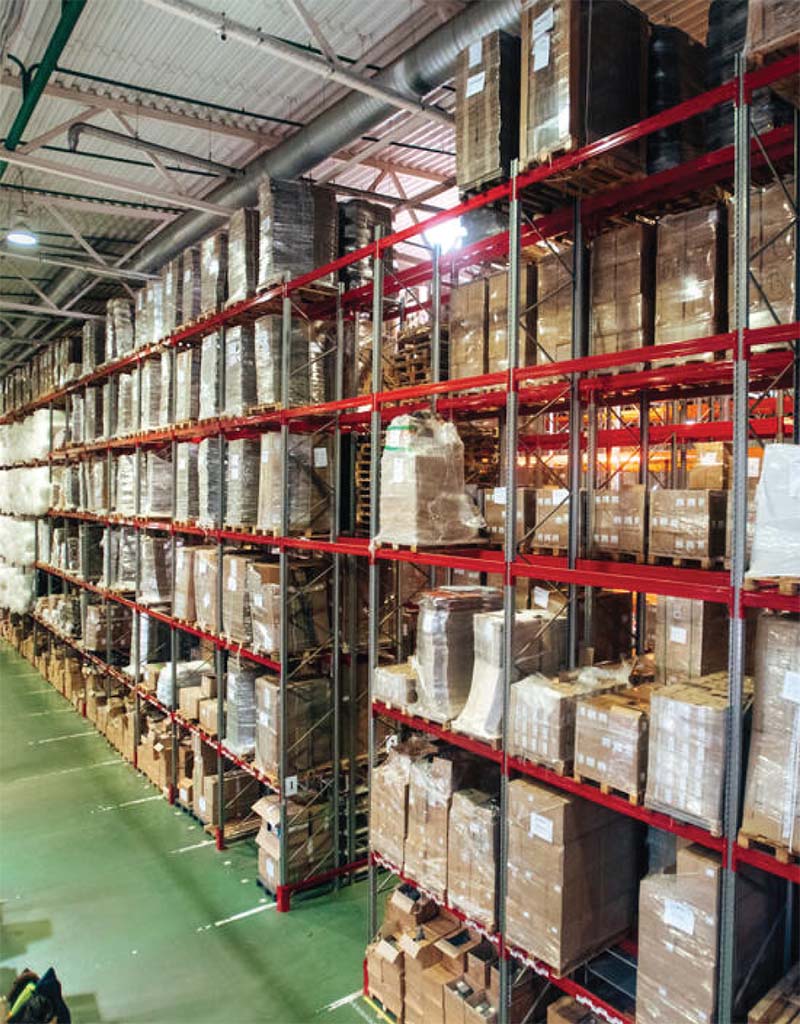 In today’s fast-paced business environment, reverse logistics i.e. the process of managing the flow of goods from the consumer back to the business; is essential for customer satisfaction, cost efficiency and sustainability. With the rise of online shopping return rates can soar to 30%, making it crucial for businesses to manage returns effectively to avoid high costs and maintain strong customer relationships.
In today’s fast-paced business environment, reverse logistics i.e. the process of managing the flow of goods from the consumer back to the business; is essential for customer satisfaction, cost efficiency and sustainability. With the rise of online shopping return rates can soar to 30%, making it crucial for businesses to manage returns effectively to avoid high costs and maintain strong customer relationships.
Building an Effective Reverse Logistics Strategy
STREAMLINING PRODUCT RETURNS
Customers expect a hassle-free experience, which includes clear return policies, convenient options and prompt refunds or replacements. Leveraging technology simplifies returns management by automating return authorizations, tracking shipments and analysing return patterns to improve product quality and minimize future returns.
 REDUCING ENVIRONMENTAL IMPACT
REDUCING ENVIRONMENTAL IMPACT
Products that reach the end of their lifecycle should be disposed of responsibly through recycling programs or sustainable waste management practices. This helps reduce a company’s carbon footprint, ensures compliance with regulations and supports corporate social responsibility efforts.
REPAIRING AND REFURBISHING RETURNS
Rather than discarding returned items, businesses can repair or refurbish them for resale which can extend the product lifecycle, reduce waste and offer cost-effective alternatives for customers. Refurbished products also support sustainability initiatives, appealing to environmentally conscious consumers.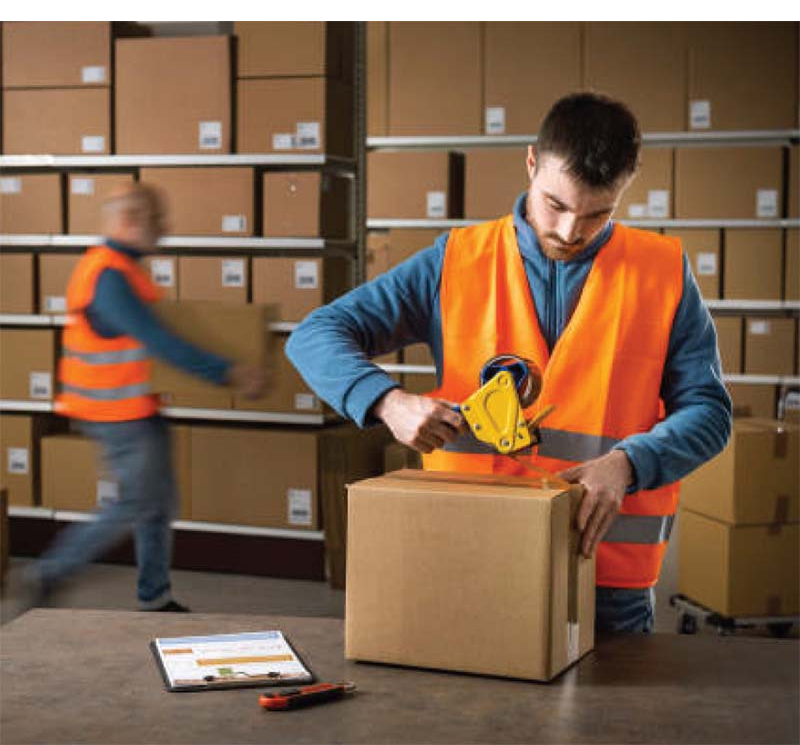
OPTIMIZING INVENTORY MANAGEMENT
Businesses can decide whether to resell, repair or recycle items. Advanced inventory systems help prevent overstocking, lower holding costs and ensure seamless reintegration of returns into the supply chain.
BOOSTING PROFITABILITY
A well-structured reverse logistics strategy can improve a company`s bottom line by reducing costs associated with excess inventory, waste disposal and customer dissatisfaction. Repairing and refurbishing returned goods can create new revenue streams further boosting profitability.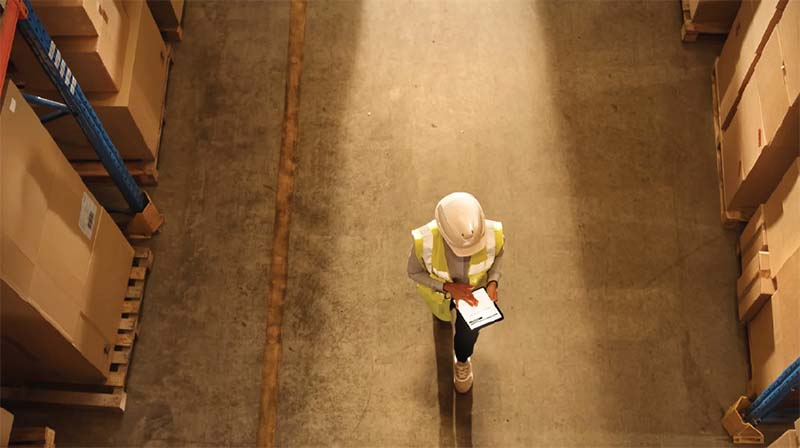
 BUILDING CUSTOMER LOYALTY
BUILDING CUSTOMER LOYALTY
Businesses that manage returns efficiently, communicate transparently and provide timely refunds encourage repeat purchases. This fosters long-term customer loyalty and satisfaction through a smooth post-purchase experience.
ENSURING REGULATORY COMPLIANCE
Reverse logistics must comply with laws related to product returns, recycling and disposal. Staying informed on local and international regulations helps businesses avoid legal risks, promote ethical practices and build trust with customers.
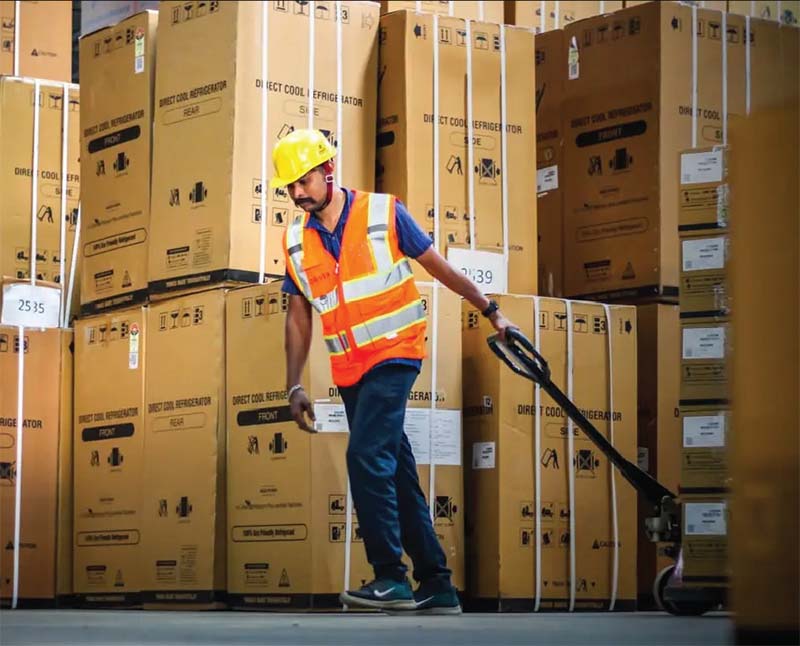 LEVERAGING TECHNOLOGY & PARTNERSHIPS
LEVERAGING TECHNOLOGY & PARTNERSHIPS
Automation, barcode scanning and RFID technology can optimize reverse logistics by streamlining returns, improving tracking and enhancing accuracy. Data analytics provide insights into return trends, allowing businesses to improve product quality while partnering with third-party logistics providers (3PLs) specializing in returns, repairs and recycling can further streamline operations, allowing businesses to focus on core functions.
THE FUTURE OF REVERSE LOGISTICS
As e-commerce grows, reverse logistics strategies will need to evolve to meet rising return volumes and consumer expectations. Investments in digital solutions, AI-driven analytics and automated processing will transform reverse logistics turning it into a key driver of growth, innovation and customer satisfaction.
In conclusion, reverse logistics is not just about managing returns—it’s an essential part of a successful supply chain strategy. By improving returns management, investing in refurbishing, leveraging technology and focusing on the customer experience, businesses can turn reverse logistics into a competitive advantage. Despite challenges, reverse logistics offers significant cost savings, revenue opportunities and sustainability benefits that can enhance profitability, strengthen customer loyalty and promote a greener future.
